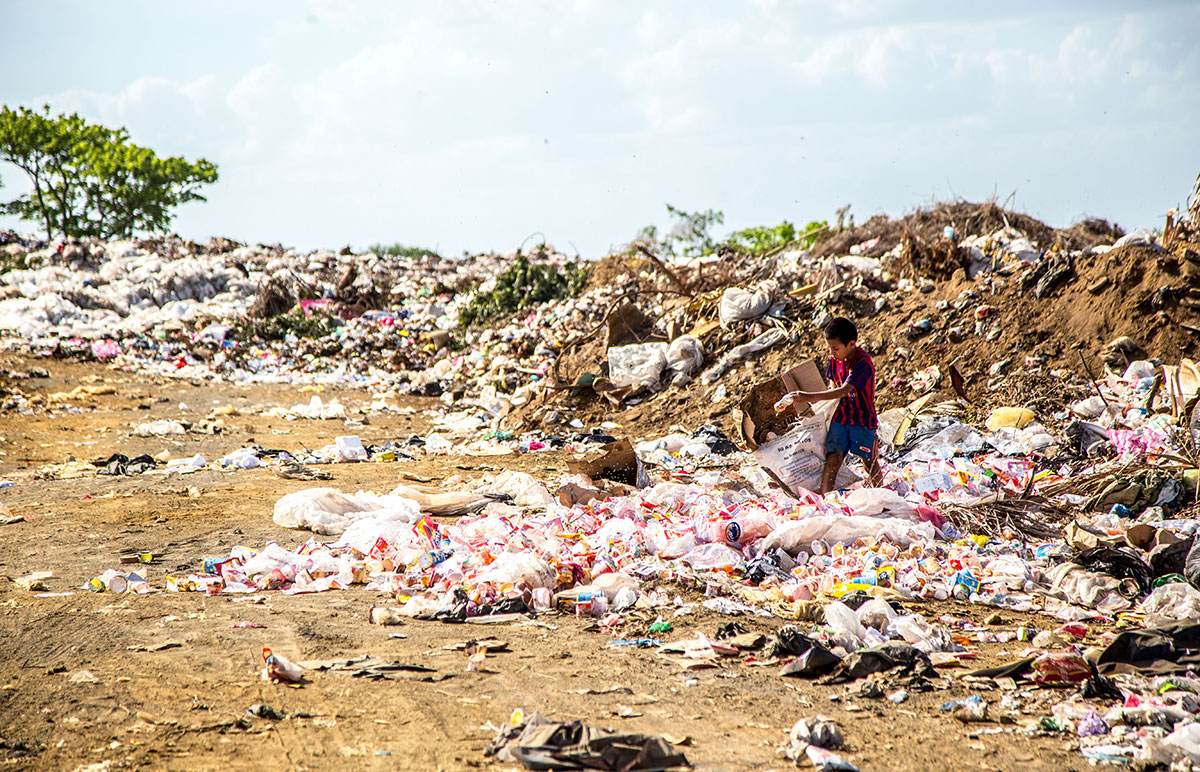
What is Waste?
“Waste” is defined in Article 1(a) of the European Waste Framework Directive (WFD) as ‘any substance or object … which the holder discards or intends or is required to discard’. This applies to all spoil from excavation works on construction sites, and therefore ‘waste’ spoil cannot simply be moved from one location and deposited elsewhere on site as this would be classified as a landfilling operation which requires an environmental permit and the waste ‘disposal’ would be subject to landfill tax.
Waste Management OptionsWaste Management Options
If waste is discarded from site it must be either sent for disposal or for recovery to a licensed waste disposal or treatment facility. If it is to be disposed of to landfill, the waste will be subject to landfill tax which on all non-naturally occurring soils i.e. made ground, is charged at the ‘standard’ rate currently set at £80/tonne. This has obvious cost implications and it is often therefore preferable to ‘reclaim’ the material, so that it is no longer classified as a waste by re-using it onsite as a general fill material.
Re-Use of Construction Spoil
Re-Use of Construction SpoilIf it can be demonstrated that the spoil is suitable for use, and that it will not cause harm to human health, natural waters or the wider environment, the material can be re-used on site provided that there is a requirement for the material and that no more material will be deposited than is needed to meet that requirement. There are three mechanisms under which such reuse can occur;
Environment Agency Waste Exemption U1 Use of waste in Construction
- This exemption is free to register via the EA web site, but can only be registered once on any site.
- It permits the re-use of up to 5,000 tonnes of waste to be used for any construction activity and includes: gravel & crushed rock, natural sand & clay, brick, tiles, construction products and concrete.
- It also covers up to 1,000 tonnes of waste for construction purposes which includes non-contaminated soil & stones, dredging spoil, and remediated soil.
- This exemption is thus ideal for the re-use of small volumes of uncontaminated material.
Environment Agency Environmental Permit SR2010 Nos 7 & 8
These permits allow the use of 50,000 tonnes and 100,000 tonnes respectively of waste to be used in construction. There is an application fee of £1,900 for these permits, a surrender charge of £530 plus an annual subsistence charge of £1,500 to £2,000 which is dependent upon the volume of material being re-used. The permit requires that risk assessments and a management system needs to be in place before the material is moved, together with a recording and reporting system. There are also limits on the use of such permits in source protection zones, in the vicinity of water supply boreholes, SSSIs, protected habitats, nature reserves and ancient monuments.
CL:AIRE: Definition of Waste – Development Industry Code of Practice
If works are carried out in accordance with this Code of Practice any volume of material can be re-used on site, whether contaminated or not as long as risk assessments confirm it to be suitable for its intended use. Natural soils can also be exported from one site for use at another site under this Code of Practice, There is a moderate charge for declaring the recovery of waste under this scheme which is proportional to the volume of material re-used and the declaration for the re-use must be approved by and submitted to the Environment Agency by an approved Qualified Person such as Mike Plimmer of GEA. The Code of Practice requires that a Materials Management Plan be drawn up to confirm which materials are to be moved and where they are to be deposited and that a tracking system is put in to place, upon completion of the work a verification plan must also be produced to confirm that the works were carried out in accordance with the Materials Management Plan.
Mike Plimmer
Principal Environmental Engineer
Geotechnical and Environmental Associates
Related News
December 19, 2017
by Mike Plimmer
“Waste” is defined in Article 1(a) of the European Waste Framework Directive (WFD) as ‘any substance or object … which the holder discards or intends or is required to discard’.